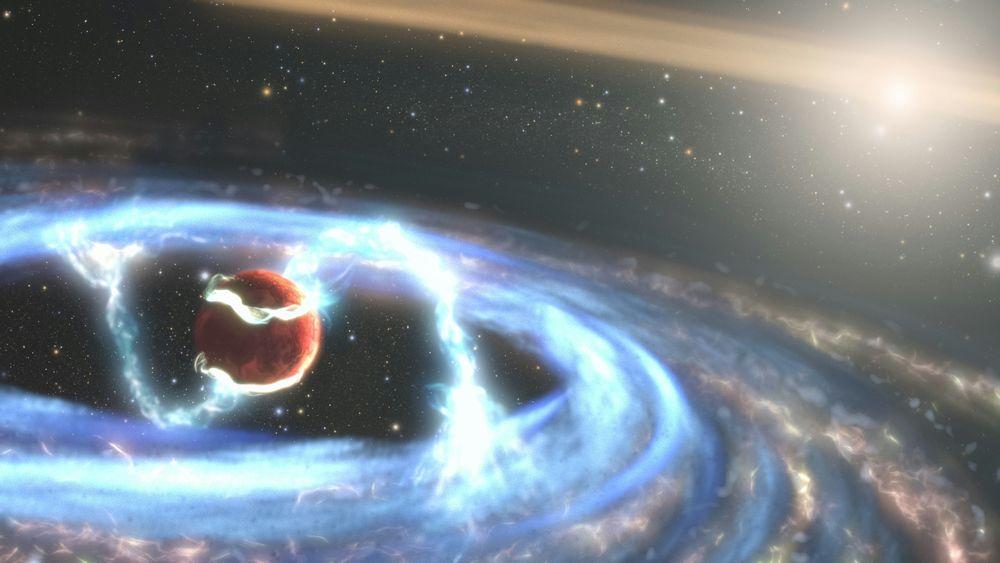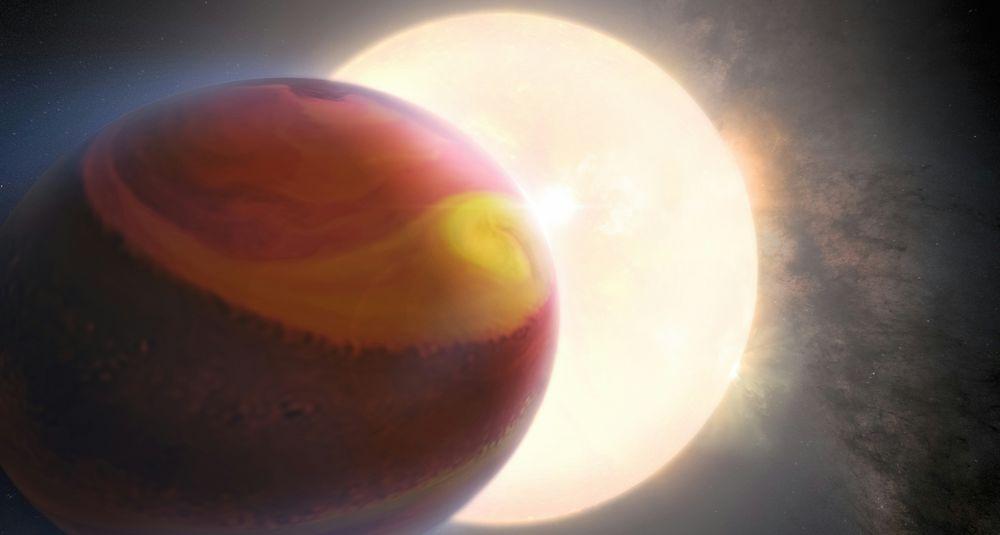Finding life on other planets is, today, one of the great objectives of science. It is beginning to be a mission as desperate as colonizing other worlds. For this reason, scientists do not stop looking for alternative options that allow them to get closer to fulfilling their mission. A new study talks about another way to pose this challenge.
Published from Japan by Harrison B. Smith and Lana Sinapayen, this study proposes a different twist to those that had been previously explored. Because it is clear that the challenge is complicated and that it is necessary to provide different approaches to achieve an objective of this magnitude.
a new idea
Right now, what most researchers and astronomers are doing is analyzing exoplanets in a constant way and, in a way, against the clock. But what they do is look for parameters, components of the atmosphere and other elements that fit with what we understand by the formation or presence of life on Earth. Although it is a good base, since we know it perfectly and we know which are the different parameters that have to be met, it is logical to think that it is not the only option.

Thus, in his studio, what these specialists have done is put themselves on the opposite side of the coin. They propose the search for life without taking into account all those elements that, on the other hand, are difficult to imagine could occur on a different planet. Anything is possible, of course, but is it more likely that alien life depends on the same factors as humanity or has a completely different nature? Even science fiction seems more open to betting on the second theory.
Modeling with panspermia and terraforming
The method these scientists choose is modeling through terraforming and panspermia. For them, life spreads across different planetary systems and does not remain static in one place. When this propagation of life occurs as they define it, what is produced are correlations between different locations and characteristics. They believe that this information and those coincident points can become a biological signature that allows us to discover the mystery of life outside of Earth.
Taking these factors and characteristics of the planets into account, they group them in order to analyze them in a more coherent way among themselves. The coincident points help to reduce the fence and, perhaps, it will be possible to find signs of life in this way. They think that what happens through terraforming may be a way that life has spread through the universe. Let’s think that, for example, the impact of a meteorite has caused rocks from one planet to move to another part of space. Perhaps those rocks had living particles or some element that has been replicated in different places.

At the same time, they consider that there are other factors that scientists should look at and not only look for bioreadings that can confirm life. They talk about how, in any case, those readings can end up being false positives or not providing anything clear. For them it is more interesting to see planets that are around specific stars and that have a series of specific characteristics. Their study is committed to that different approach that they mention and that does not give so much value to chemicals or types of atmosphere.
The grouping of planets, their characteristics and other factors related to their condition that support the theory of terraforming and panspermia are an interesting and alternative way of looking at the search for life. Of course, they recognize that there are challenges that they have to overcome, such as the search for methods that help them better understand the planetary and astrophysical processes that would come into play when making the necessary calculations. However, their work is promising and is a good support point on which to continue delving into the future.













